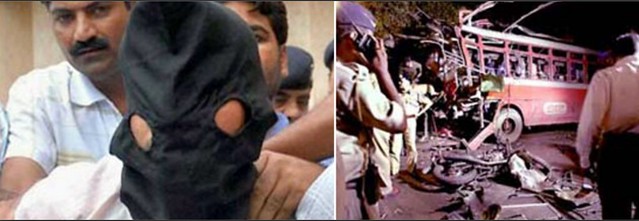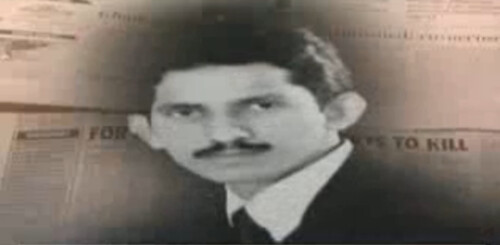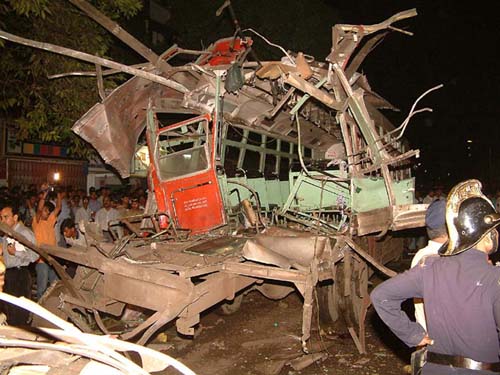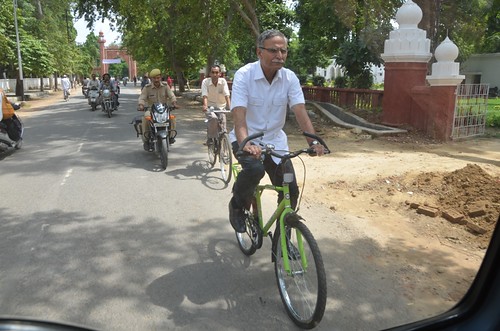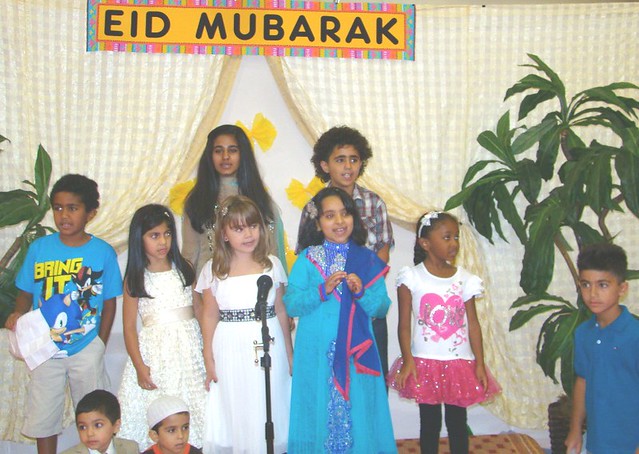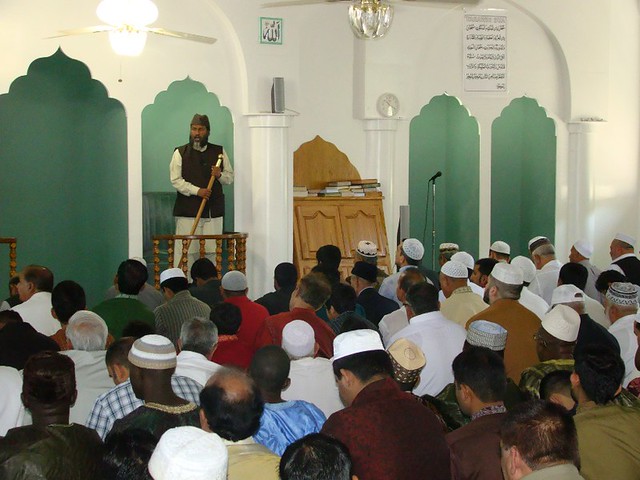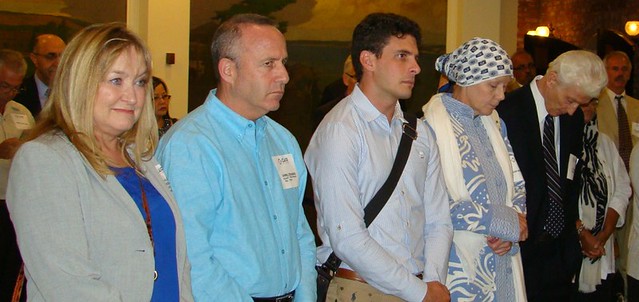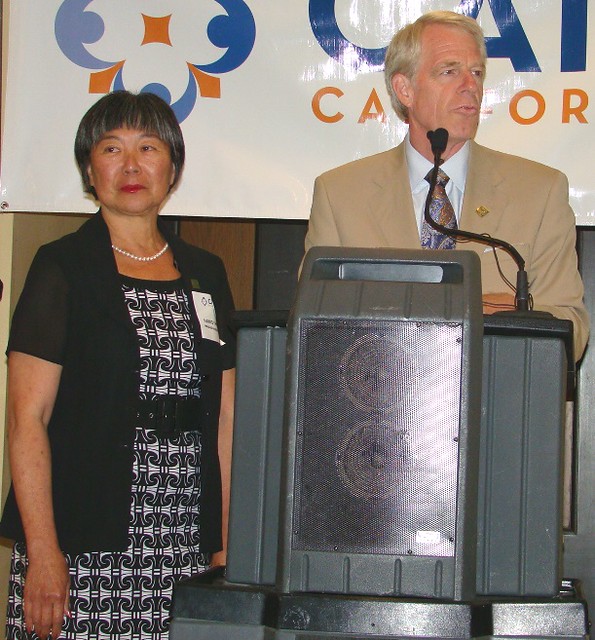Syed Kashif,
After over six decades of independence or partition of India, inspite of so many researches, still there remain various puzzles unsolved. The most significant and contentious among them is whether Mohammad Ali Jinnah was secular or communal? Interestingly, the question gets revived when people like LK Advani and Jaswant Singh, who are directly political descendent of the sect which categorically dubbed Jinnah staunch communal, visit Pakistan or even write books on Jinnah proving him secular.
Very interestingly, Mohammad Ali Jinnah joined Congress in 1906, the same year in which Muslim league was founded. Or, it was his nationalism and patriotism which tempted him to join politics. This is why he joined Congress and not League.
In 1906, he joined Congress session as personal secretary to its president Dadabhai Nauroji where he made his first speech on self-government resolution of the Congress whereby he demanded deletion of the clause of the resolution which made provision for reservation of seats in the Legislature and services for the educationally backward classes in India.
![]()
Mohammad Ali Jinnah with Mahatma Gandhi.
He also opposed the partition of Bengal and characterized the separate electorate given to Muslims by Morley Minto Reform as “obnoxious virus introduced into the body politic of India with evil design”. Thus as he did not believe in separate electorate and disliked Muslim leaders not being nationalist equally, he started thinking of its remedy. Therefore he joined League in 1913. Within the League Jinnah tried to weaken the hold of pro-British elements. He made away the illusion of the leaguers that British were their well wishers. He aroused their patriotic feelings. He greatly strengthened the nationalist forces within the organization. Eventually, under his leadership, two some extent, League became identical with that of congress.
As a result of the hard work of Jinnah, both Muslim League and Congress, for their annual session, met at Bombay in December 1915. The speeches from two platforms were similar in tone and theme. Later in 1916, the famous Lacknow pact was confirmed in their annual session at Lacknow.
Here, Jinnah made departure. He forgot his firm opposition of separate electorate. In Lacknow pact of 1916, he advocated that the Muslim representation to various legislatures “should be secured…by means of separate electorate…….”
However, since Congress accepted that demand and showed the accommodative attitude, things remained normal. Moreover, from 1916 to 1922 the annual session of both congress and league were held simultaneously and by 1922 there was no difference in their resolutions.
In 1920, Gandhiji very shrewdly supported the Khilafat movement which worked and consequently many Muslims joined congress. The movement brought top Muslim personalities to the forefront of politics. In other words, Gandhi got the credit of making Muslims nationalists which so far Jinnah was enjoying.
Though Jinnah had joined the League for making bridge between Muslims and Hindus or strengthening nationalism among Muslims as well, he himself diluted, probably unconsciously, his goal by proposing separate electorate in lacknow pact of 1916, of which he was strictly against. Here I would argue that though Jinnah would have joined League with the idea of nationalism but soon he might have seen opportunity to become a great leader or a lone representative of Muslims. But unfortunately Gandhi, through Khilafat Movement, made a blow on his purpose. Consequently Jinnah found himself rejected in his endeavors to retain a position of strength in Indian politics. Thus, he resigned from Congress in 1920. However, he continued to cooperate with it until 1937. Now he thought that to become the lone representative or champion of Muslims it would be better to remain only the member of Muslim League.
Blow to the goal of Jinnah led him to criticize Gandhiji’s religious and metaphysical approach openly. He accused him of reviving Hindu beliefs in Congress. Rather he argued that by ancient belief of ahimsa and the idea of ‘new life’ Gandhi was giving Congress a Hindu complexion. Here it is ridiculous that how could Jinnah see ancient belief in the idea of ahimsa which Gandhi simply meant non-violence.
Thus another face of Jinnah got reflected in 1924 when he bluntly asked Muslims to organize themselves under the banner of the league. In 1923, Jinnah had contested election for central legislative assembly seat as an independent candidate. After winning he had made his own party “Independent Party”, which soon vanished. This step can be seen as a chance taken to become champion which certainly did not work.
Scholars are not united on the question that when actually Jinnah resorted to Muslim nationalism. However, I would argue that the seed of ‘Muslim nationalism’ (it was just a tactic to hold power) was found in Jinnah right back in lacknow pact of 1916. Very significantly, it is true that after 1916 and even after 1929 Jinnah remained firm nationalist. We have various examples for that also. But it is worth noting that his weaker position in League (In league there was division; league of Shafi and league of Jinnah) had prevented him to exhibit himself as ‘Muslim nationalist’. In other words he remained in dilemma till 1937.
![]()
Mohammad Ali Jinnah with Jawaharlal Nehru.
By 1927 Jinnah had gained that much strength which led him to build a formula which could prove beneficiary for his leadership. After the refusal of Simon Commission, at Conference of Muslim leaders in Delhi, Jinnah, in the name of reconciliation between Hindus and Muslims, had evolved a formula of three Muslim majorities’ provinces and allocation of seats in central legislative assembly instead of separate electorate. Or, going a step ahead he evolved the above idea instead of separate electorate which was already more or less under consideration.
In fact, in 1916 Congress had showed its nod to this demand (separate electorate). Now Jinnah was ready to accept joint electorate if the above idea was accepted. But unfortunately it was categorically rejected in Nehru report of 1928. Interestingly, Nehru Report, at Calcutta, rejected all the Muslim proposals, except the one relating to joint electorate. The rejection of greater provincial autonomy became the decisive ‘parting of the ways’ for Jinnah in retrospect a major landmark on the road to Pakistan (Sumit Sarkar, Indian Democracy: the historical inheritance).
Here the question arises that why did Jinnah go ahead? Why did he formulate new idea rather than separate electorate? What compelled him to come with this new idea of three provinces though there was already issue of separate electorate under consideration? I think this very idea of Jinnah tempted Congress or Hindu leadership apprehensive about Hindus. In other words, Jinnah himself made his Hindu colleagues his opponent.
Nehru report made him upset. He lost his hope to become a champion. Thus he left India. He remained in England till 1935.
During his stay in England he met people like Liaqat Ali Khan and Iqbal who introduced him the idea of ‘Muslim Homeland’in the subcontinent. Meantime in India top leaders of Muslims like Maulana Mohammad Ali, Sir Mohammad Shafi had died. Sir Fazl-i-Huain and Agha Khan were losing their health. Thus Jinnah found the time ripe to take one more chance. He rushed back to India in 1935. However, after coming back he did not express the new idea bluntly whereas he ostensibly made effort to unite Hindu and Muslim but this endeavor was wrecked by the Congress victory in the general elections of 1937; now the Congress was strong enough to ignore both him and his League. In 1937, in his presidential address to League, Jinnah touched upon some of the suggestion made by Iqbal. However, he was not much confident about that idea. In fact he did not want to repeat the mistake of 1927 whereby he had surrendered separate electorate without taking his community into confidence.
At that time he had not only failed to buy for Muslims the friendship and the support of Hindus but had also weakened his own position as the representative of Muslims. Therefore this time he wanted to unite the whole Muslim community under the banner of Muslim League. To make his goal truth he left no stone unturned. He worked hard. He travelled all the places where minority was living. He made various provocative speeches. He openly left his idea of nationalism of which he was firm supporter. He did not hesitate to abandon his idea of uniting Hindus and Muslims. He was now no more an ambassador of Hindu Muslim unity.
To identify himself with the new role he discarded his western dress and started wearing shirwani and cap. He started learning Urdu. When he went to Punjab and North-West Frontier, he sported Punjabi Salwar to give the impression that he was one of them. In conservative areas he would make sure that his sister Fatima who did not wear the veil, was not seated with him. Consequently Jinnah’s effort started working. People did get united.
By that time the idea of Pakistan had spread across India. Now Muslim League was waiting just for more strength or ripe time. Eventually in 1940, in Lahore, League in its session on 22-24 March made the pronouncement of Pakistan. The session was attended as many as one lakh members.
In 1942 Congress demanded of the British to “quit India” whereas League said to the British that they must divide and then quit. Even after 1940 congress was in illusion that League was not much strong. It continuously ignored the League. In 1944 congress categorically rejected the Rajgopalchari’s offer to resolve the Congress-League tangle. Failure of Gandhi Jinnah meeting reminded congress that Jinnah had gained the strength.
Thus in 1945, on June 25, Congress was willing to accept the offer of Crips (which the congress had rejected in 1942) which was now renewed by Viceroy Lord Wavel in Simla. Congress was willing to accept the offer in the hope of avoiding partition while League turned it down in the hope of division. In fact, Crips Mission had offered the right of complete independence to India as well as the right of opting out of the Indian union to any province or provinces. The offer was rejected by Congress on the usual grounds and by the League for making Pakistan only optional.
![]()
Later in 1946, Cabinet Mission plan, as the new scheme came to be known. It provided for a federation with powers over only foreign affairs, defense and communication, thus reducing the power of the centre, and for the provinces to form subordinate unions of their own, thus conceding the principle of Pakistan while maintain the unity of India. Importantly Jinnah agreed and on June 6, 1946 persuaded the League to accept the plan.
In fact, though the plan had rejected a sovereign Pakistan, it had definitely conceded the demand in short term. However, in long term, there was still hope of separation for League with all six provinces intact. But there was another bad luck waiting for Jinnah. First congress accepted that plan but later argued that it would apply its own interpretation to the plan. Nehru explained the meaning of the qualified consent on July 10, 1946 by saying that Congress would apply its own interpretation to the plan and would enter the Constituent Assembly completely unfettered by agreements and free to meet all situations as they arise. In addition, there would be no grouping of provinces, he argued. After getting this news Jinnah retaliated sharply. He rejected the plan, withdrew the League acceptance and declared: “This day we bid goodbye to constitutional methods”.
Henceforth no one could convince Jinnah. Both Wavel and Mountbaton tried to resuscitate the Cabinet Mission Plan, but Jinnah had no confidence in the word or the sincerity of the congress. Eventually what happened, we all know. A united India got divided into two. Leaders made compromises to enjoy the luxury of chair at the cost of thousands of people. In the countryside people were butchering each other while leaders were busy in making efforts to attain power.
Had Jinnah not joined the Muslim League he would have been a great nationalist leader of India. Though he joined League to strengthen nationalism but he himself got trapped in the net of Muslim nationalism. Scholars see the lacknow pact as his great effort to unite Hindus and Muslims. But the fact is just opposite. It was Lucknow pact where the first brick of Muslim nationalism was laid down by Jinnah.
Jinnah pleaded for separate electorate for which just before 8-9 years he had harshly opposed. In fact, after joining league in 1913, Jinnah soon realized that he could become champion or lone representative of Muslims. Thus the demand of SE was just a tool to make the scope alive. Further in 1927 Jinnah’s demand of Muslim majorities’ provinces and allocation of seats in central legislative assembly, instead of separate electorate, raises a question.
In fact, here Jinnah had again tried to widen the scope of becoming champion of Muslims. Jinnah had set out to England after the Nehru report sharply rejected his ideas. But interestingly there he could not give up his desire to become hero. Very soon he got influenced by Iqbal and Liaqat. He rushed back with the idea of ‘Muslim Homeland’ for which he worked very hard. In fact, in the idea of ‘Home Land’ he could see a good scope for becoming champion. For that matter, in those days how provocative speeches he used to give, is worth noticing. How radically he altered his dressing and life style is also significant.
As far as division of India is concerned, Nehru was to larger extent responsible for that. Jinnah had to just become a hero. He was dying to become a great leader. Cabinet mission plan was fulfilling his purpose and therefore he had agreed. But Nehru did not agree. What he had in his mind is another issue.
If Jinnah could not achieve his goal in cabinet plan, he got the same in later plan of Mountbatten. Thus the goal for which he had been striving for years he got in 1947. And the goal was nothing but to become hero or champion. He was nationalist but only for few years. He was certainly not communal as well.
Had he been communal it would have been good for the people who are living in the present Pakistan. Had he been communal he would not have given his first speech to the Constituent Assembly of Pakistan, on being elected its first President, with full of secular ethos, on August11, 1947. Thus he was rather a guy who through ought his life, ran after power.
(Syed Kashif is a M.Phil student at Jamia Millia Islamia, New Delhi and blogs at http://kashifrazasabri.blogspot.in .)
